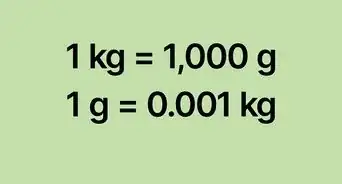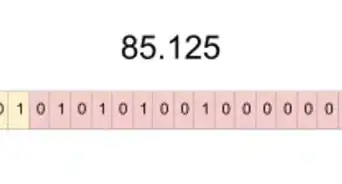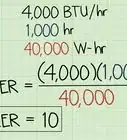This article was co-authored by David Jia. David Jia is an Academic Tutor and the Founder of LA Math Tutoring, a private tutoring company based in Los Angeles, California. With over 10 years of teaching experience, David works with students of all ages and grades in various subjects, as well as college admissions counseling and test preparation for the SAT, ACT, ISEE, and more. After attaining a perfect 800 math score and a 690 English score on the SAT, David was awarded the Dickinson Scholarship from the University of Miami, where he graduated with a Bachelor’s degree in Business Administration. Additionally, David has worked as an instructor for online videos for textbook companies such as Larson Texts, Big Ideas Learning, and Big Ideas Math.
There are 9 references cited in this article, which can be found at the bottom of the page.
This article has been viewed 244,180 times.
With all of the different measuring systems in the world, converting units can come in handy. You'll need to understand fractions, unless you are working with the metric system. No matter which system you use, always carefully write your units at every step to keep track of where you are.
Steps
Converting Units
-
1Compare your two units. The two units must measure the same thing. For example, in the problem "convert 2 inches into centimeters," both inches and centimeters measure length. If your units measure two different things (like length and weight), you can't convert between them.[1]
- People often get confused about length, area, and volume, which are three different things. Remember that "square" or "2" means area, and "cubic" or "3" means volume.
- You can also write this example as 2 in. = ? cm.
-
2Look up the conversion. Before you can do the math, you need to know how much larger one unit is than the other.[2] If the conversion you find has many decimal places, round to the nearest significant digit. If you don't know what a significant digit is, round to the second or third digit.
- For example, if you need to convert 2 inches to centimeters, you need to know that 1 inch = 2.54 centimeters.
Advertisement -
3Write the conversion as a fraction. Write this conversion as a fraction, including units. Put the unit you start with on bottom (the denominator), and the unit you're converting to on top (the numerator).[3]
- For example, write 2.54 cm/1 in.. You can read this as "2.54 centimeters per inch".
-
4Write a multiplication problem with your original number and the fraction. Multiplying these two numbers together will give you your answer. To start this, write out the multiplication problem, with units after each value.[4]
- 2 in. x 2.54 cm/1 in. = ?
-
5Solve the multiplication problem. It's important to keep track of your units while you do this. Every unit in the equation should still be there during each step.
- 2 in. x 2.54 cm/1 in.
- = (2 in x 2.54 cm)/1 in.
- = (5.08 in. x cm.)/ in.
-
6Cancel units that appear on top and bottom. If a unit is on the top and bottom of the fraction, cross it out. Whatever you're left with should be your answer.[5]
-
(5.08
in.x cm.)/in. - = 5.08 cm.
-
(5.08
-
7Correct mistakes. If your units don't cancel, start over and try again. You might have put the wrong half of the fraction on top.
- For example, if you multiplied 2 inch. x (1 in. / 2.54 cm), your answer will have units of "in. x in. / cm," which doesn't make any sense. You realize the inches will cancel if you flip the fraction, so you try again with 2 inch x (2.54 cm / 1 in.).
Converting Values with Multiple Units
-
1Write down your problem. Figure out exactly what the problem is asking, and write it as a math problem. Here's an example:
- If a bicycle is moving 10 miles per hour, how many feet does it travel in one minute?
- Write this as "10 miles / hour = ? feet / minute" or "10 miles / h = ? ft / min".
-
2Find the conversion for one unit. Remember, you can only convert between two units that measure the same thing. In our example, we have units that measure length (miles and feet), and units that measure time (hours and minutes). Start with one pair and find the conversion between them.
- For example, 1 mile = 5,280 feet.
-
3Multiply your number by the conversion fraction. Just as describe in the section above, we can write the conversion as a fraction to cancel out units. Make sure to include every unit in your calculations.
- 10 miles / h) x 5280 ft / mile
- = 52800 miles x ft / h x miles
-
4Cancel out your units. One of your units should be on the top and the bottom, so you can cancel them. You aren't done yet, but you're getting closer.[6]
- 52800
milesx ft / h xmiles - = 52800 ft / h
- 52800
-
5Multiply with another conversion fraction the same way. Choose a unit that hasn't been converted, and write down the conversion as a fraction. Remember to arrange the fraction so the units will cancel out during multiplication.
- In our example, we still need to convert hours to minutes. 1 hour = 60 minutes.
- Right now, we have 52800 ft / h. Since hours (h) is on the bottom, we want our new fraction to have hours on top: 1 hour / 60 minutes.
- 52800 ft / h x 1 h / 60 min
- = 880 ft x h / h x min
-
6Cancel units. Another unit should cancel out, just as it did before.[7]
- 880 ft x
h/hx min - = 880 ft / min
- 880 ft x
-
7Repeat until the conversion is done. If your answer is in the units you were trying to convert to, you're done with the problem. If you're not there yet, convert another unit with the same method.[8]
- Once you're used to this method, you can write all the conversions on one line.[9] For example, we could solve our example problem like this:
- 10 miles/h x 5280 ft/mile x 1 h/60 min
- =10
miles/hx 5280 ft/milex 1h/60 min - = 10 x 5280 ft x 1/60 min
- = 880 ft / min.
Converting in the Metric System
-
1Understand the metric system. The metric system, also called the decimal system, is designed for easy conversion. To convert from one metric unit to another, you only have to work with round numbers: 10, 100, 1000, and so on.[10]
-
2Learn the prefixes. Metric unit of measurements use prefixes to show how big or small the measurement is. Here's an example with units of weight, but all other metric units use the same prefixes.[11] The prefixes below are in italics, but you can do most conversions with just the most common one, in bold.
- kilogram = 1000 grams
- hectogram = 100 grams
- dekagram = 10 grams
- gram = 1 gram
- decigram = 0.1 grams (one tenth)
- centigram = 0.01 grams (one hundredth)
- milligram = 0.001 grams (one thousandth)
-
3Use the prefixes in conversion. If you know the prefixes, you don't need to look up the conversion every time you need to convert. The prefixes already tell you the conversion.[12] Here are a couple examples:
- To convert from kilometers to meters: kilo means 1000, so 1 kilometer = 1000 meters.
- To convert from grams to milligrams: milli means .001, so 1 milligram = .001 gram.
-
4Move the decimal point instead of doing calculations. The best part about metric conversion is skipping all the calculations. Multiplying a number by 10 is the same as moving the decimal point to the right. Dividing a number by 10 is the same as moving the decimal point to the left.[13] Here's an example of how to use this:
- Problem: convert 65.24 kilograms to grams.
- 1 kilogram = 1000 grams. Count the number of zeroes: three. That means we multiply by 10 three times, or just move the decimal three spaces to the right.
- 65.24 x 10 = 652.4 (multiplied once)
- 652.4 x 10 = 6524 (twice)
- 6524 x 10 = 65240 (three times)
- The answer is 65240 grams.
-
5Practice more difficult problems. It gets a little trickier when both the units you're converting between have prefixes. The easiest way to solve this is to convert to the base unit (no prefix) first, then convert to the final unit.[14] Here's an example:
- Problem: convert 793 milliliters to decaliters.
- 1 milliliter = 0.001 liters. There are three zeroes, so we move the decimal point three to the left. (Remember, move left when dividing.)
- 793 milliliters = 0.793 liters
- 10 liters = 1 dekaliter, so 1 liter = 0.1 dekaliters. There is one zero, so move the decimal point one to the left.
- 0.793 liters = 0.0793 dekaliters.
-
6Check your answer. The mistake that's easiest to make is multiplying instead of dividing, or vice versa. When you get your final answer, check that it makes sense:
- If you converted to a larger unit, your number should get smaller. (Just like 12 inches converts to 1 foot.)
- If you converted to a smaller unit, your number should get larger. (Just like 1 foot converts to 12 inches.)
- If your result doesn't match this, check your work.
Community Q&A
-
QuestionHow do I properly convert a unit of weight to a unit of time?
 DonaganTop AnswererThat is not possible.
DonaganTop AnswererThat is not possible. -
QuestionHow do I convert 1.5 liters to cubic centimeters?
 DonaganTop AnswererMultiply liters by 1,000. In this case, 1.5 liters equals (1.5)(1000) = 1,500 cubic centimeters.
DonaganTop AnswererMultiply liters by 1,000. In this case, 1.5 liters equals (1.5)(1000) = 1,500 cubic centimeters. -
QuestionHow do I convert square feet to cubic feet?
 DonaganTop AnswererYou would need to get another dimension in feet (such as the depth or height) and multiply that dimension by the square footage to get cubic feet.
DonaganTop AnswererYou would need to get another dimension in feet (such as the depth or height) and multiply that dimension by the square footage to get cubic feet.
References
- ↑ https://flexbooks.ck12.org/cbook/ck-12-middle-school-math-concepts-grade-7/section/2.22/primary/lesson/comparison-of-metric-measurements-msm7/
- ↑ https://www.dummies.com/education/science/chemistry/convert-units-using-conversion-factors/
- ↑ https://www.mathsisfun.com/measure/unit-conversion-method.html
- ↑ https://www.dummies.com/education/science/chemistry/convert-units-using-conversion-factors/
- ↑ https://www.mathsisfun.com/measure/unit-conversion-method.html
- ↑ https://www.mathsisfun.com/measure/unit-conversion-method.html
- ↑ https://chem.libretexts.org/Bookshelves/Introductory_Chemistry/Basics_of_General_Organic_and_Biological_Chemistry_(Ball_et_al.)/01%3A_Chemistry_Matter_and_Measurement/1.07%3A_Converting_Units
- ↑ https://chem.libretexts.org/Bookshelves/Introductory_Chemistry/Basics_of_General_Organic_and_Biological_Chemistry_(Ball_et_al.)/01%3A_Chemistry_Matter_and_Measurement/1.07%3A_Converting_Units
- ↑ http://www.purplemath.com/modules/units2.htm
- ↑ https://content.nroc.org/DevelopmentalMath/COURSE_TEXT_RESOURCE/U06_L2_T1_text_final.html
- ↑ http://www.aaastudy.com/mea212x2.htm
- ↑ https://www.purplemath.com/modules/metric.htm
- ↑ https://opentextbc.ca/basickitchenandfoodservicemanagement/chapter/converting-within-the-metric-system/
- ↑ https://opentextbc.ca/basickitchenandfoodservicemanagement/chapter/converting-within-the-metric-system/
About This Article
To convert units, verify that the two units you’re converting measure the same thing, like length or width, and look up the conversion rate for both units. Next, write the conversion as a fraction, with the starting unit on the bottom and the unit you’re converting to on the top. Then, multiply your original number by the fraction. Finally, cancel out any units that appear on both the top and bottom of the fraction. The remaining number and unit is your conversion! For tips on converting multiple units, read on!
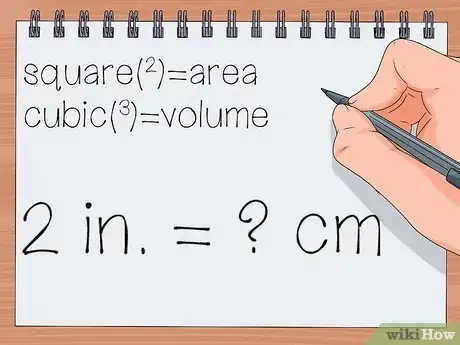
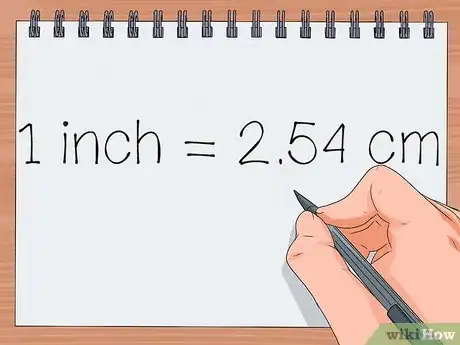

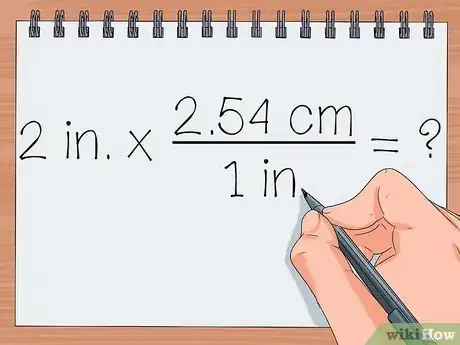

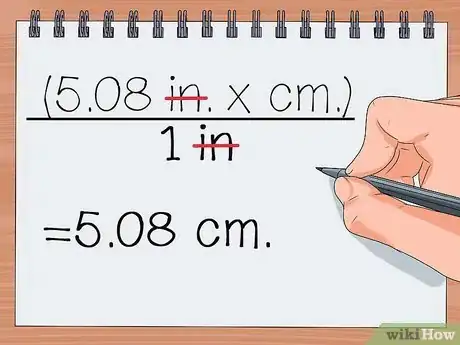
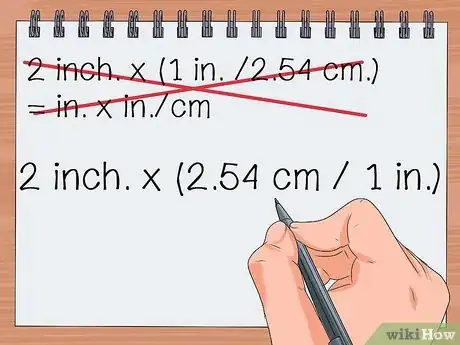

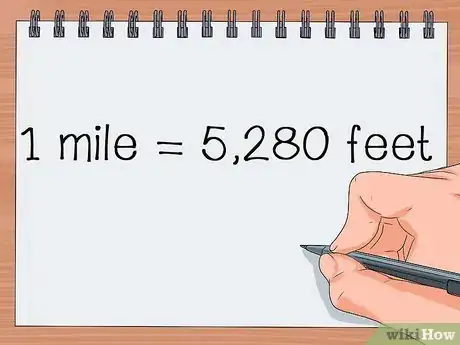
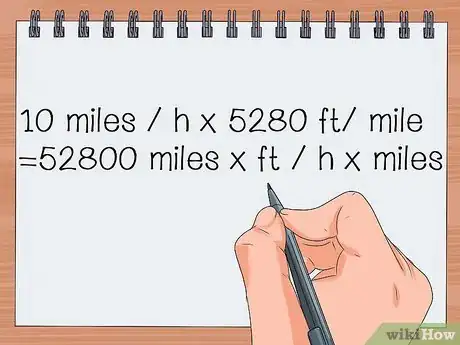



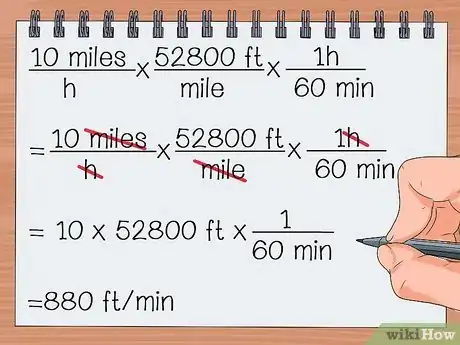

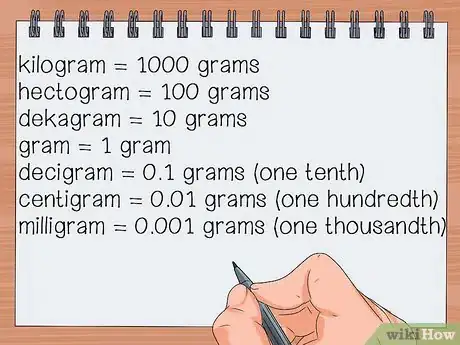
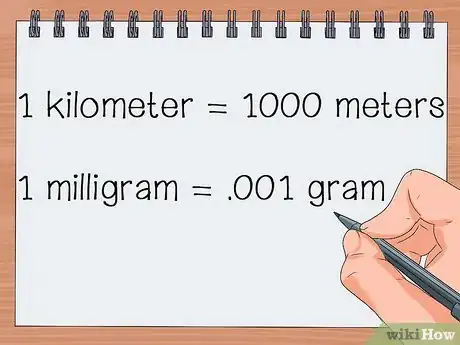


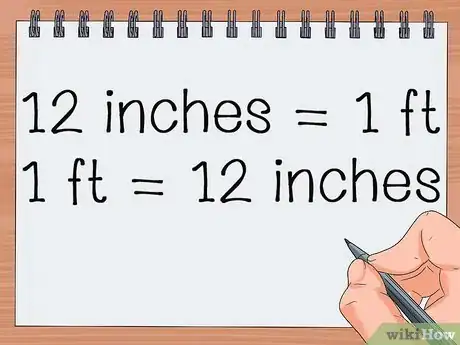



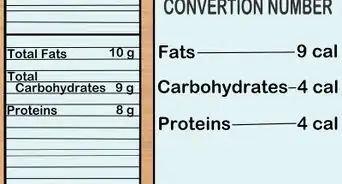

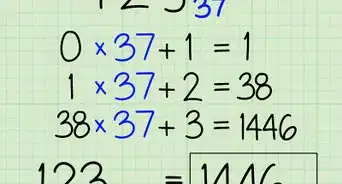

-to-Grams-(g)-Step-8-Version-5.webp)
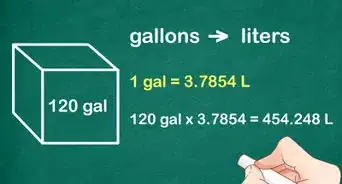
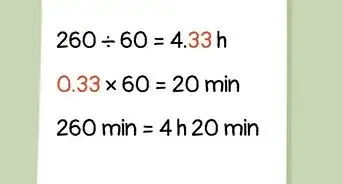
-to-Fahrenheit-(°F)-Step-6-Version-2.webp)
